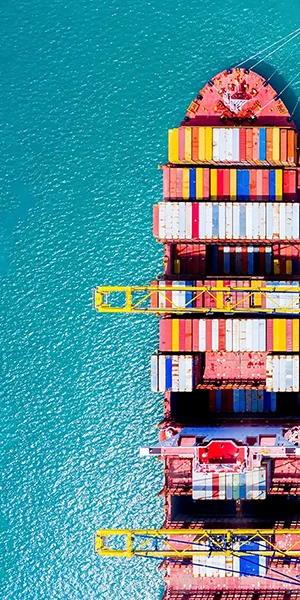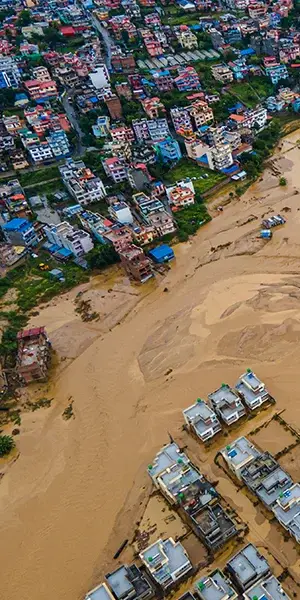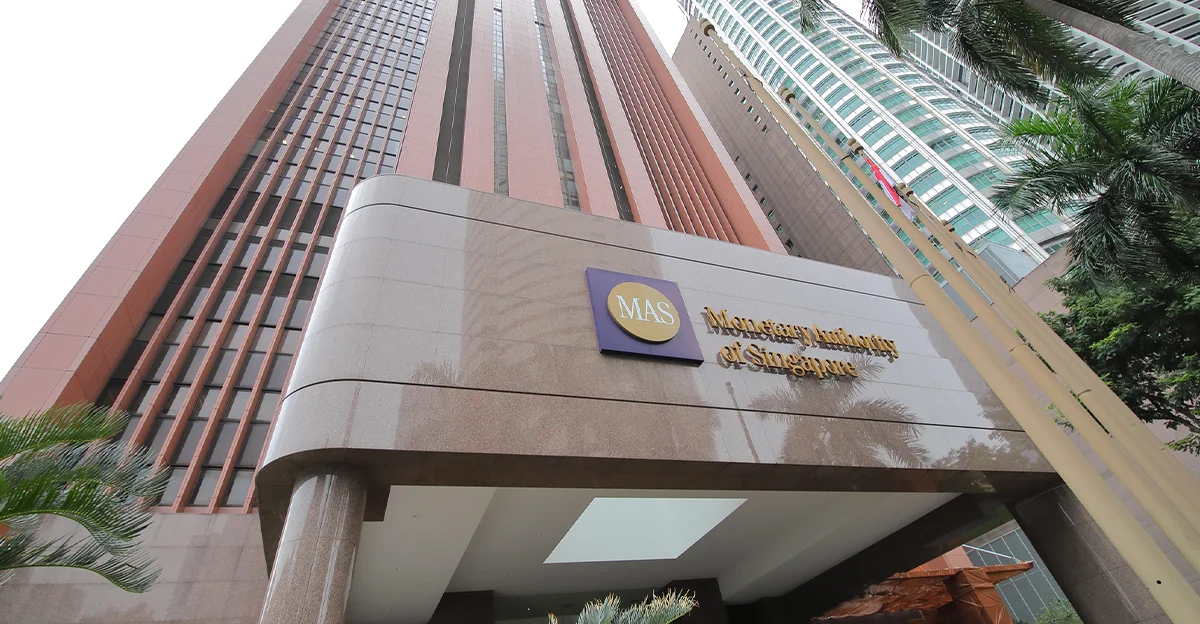• Only 13% of Asian nat-cat losses were insured between 2013 and 2022.
• Increased demand from governments and businesses for nat-cat protection.
• European and North American ILS investors want to diversify geographies.
• The absence of reliable and standardised data remains a challenge.
Asia’s insurance-linked securities (ILS) market is set for expansion, with the region’s national catastrophe (nat-cat) protection gap likely to be a major driver of demand, according to Lim Cheng Khai, executive director, of the Monetary Authority of Singapore’s (MAS) Financial Markets Development Department.
Speaking at a recent industry conference Lim said that data from Aon showed the region had experienced close to US$1.2 trillion in nat-cat losses from natural catastrophes from 2013 to 2022. However, only 13% of these losses were insured, versus a global average of 37%.
As a result, despite the current small size of Asia’s ILS market, Lim said that the sector had good long-term growth prospects given reinsurance capacity restraints.
“It will take significant reinsurance capacity to insure Asia against nat-cat exposures, beyond what traditional reinsurance can support,” he said.
Lim pointed to three factors that would support the further development of Asia’s ILS market. Firstly, the demand from governments and businesses to insure against key-risks that are imposing increasing costs, while also enabling insurers and ILS sponsors to manage their exposure to peak perils.
Investors look to diversify
“And for asset owners and investors, [ILS offers] opportunities to diversify their portfolios from traditional asset classes, and sub-diversify their exposures to peak perils geographically,” said Lim.
The executive director said the background to his comments was a resurgence in the global ILS market in 2023, with alternative reinsurance capital reaching the US$100 billion mark for the first time ever, against a background of a pricing correction in the reinsurance market.
Lim pointed to the increase in property catastrophe bond issuance in 2023 and the rising returns for investors in these securities.
“Property catastrophe bond issuances in the first half of this year closed out at an all-time high of US$9.7 billion. As of April 2023, the average yield on catastrophe bonds was 12.7%, which is over seven times higher than they were in 2016,” said Lim.
Lim said that the growth in the global ILS markets was matched by an expansion of the insurance sector in Asia on the back of economic growth, fueled by infrastructure and commercial development.
‘Untapped’ ILS Market
According to the executive director, property insurance premiums in developing regions of Asia are expected to grow at a CAGR of 16% until 2040 —double the global rate — and that Singapore was in pole position to capture this growth. He pointed out that seven of the top ten global non-life reinsurers have a presence in Singapore, six of which have designated it as their Asian hub.
While Asia may have a substantial nat-cat protection gap, Lim said that with investor capital in the region expected to top $800bn by 2030, combined with rising interest from global ILS investors looking to diversify geographies, the sector’s prospects in the region were good.
“A growing base of high-net worth individuals and business owners have set up family offices in Singapore. They present an untapped customer segment for ILS instruments. And the industry can work together to promote awareness in this asset class,” Lim said.
“Asia’s ILS market is currently small, but it has good long term growth prospects,” he added.
Obstacles to Growth
Despite these positive headwinds Lim said there were still a number of obstacles to developing the region’s ILS markets and he singled out the absence of standardised, high-resolution and current data on critical risks, as the key problem, saying this would impede risk quantification, modelling and pricing.
Lim said that Singapore was addressing this issue through participating in initiatives such as the ASEAN Disaster Risk Financing and Insurance programme, and Insurance Phase 2, also known as ADRFI-2.
He also praised academic and private sector initiatives, such as the Global Asia Insurance Partnership, which brings together insurers, academics and regulators to improve the modelling of climate change risk in ASEAN.
Lim also said it was important to grow a ‘savvy’ ILS investor base in the region and to support the expansion of issuance and structuring capabilities in Asia.
“Focusing efforts in three areas will complement these tailwinds, and help to accelerate the growth of Asia’s ILS market. Singapore will continue to support industry initiatives to address data gaps on key risks in Asia.” he said.
























